BONNEFANTENMUSEUM MAASTRICHT – RIK MEIJERS / JEROEN VAN BERGEN
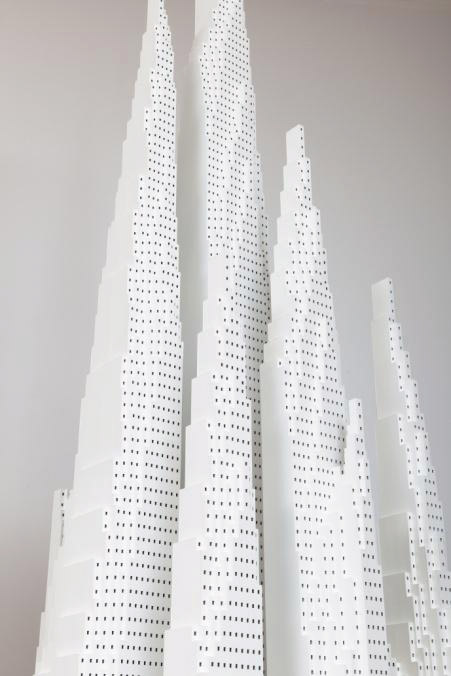
BONNEFANTENMUSEUM
Avenue Céramique 250
Maastricht
T: 043 3290190 – info@bonnefanten.nl – www.bonnefanten.nl
Rik Meijers / Jeroen van Bergen
17.04-03.07.2011
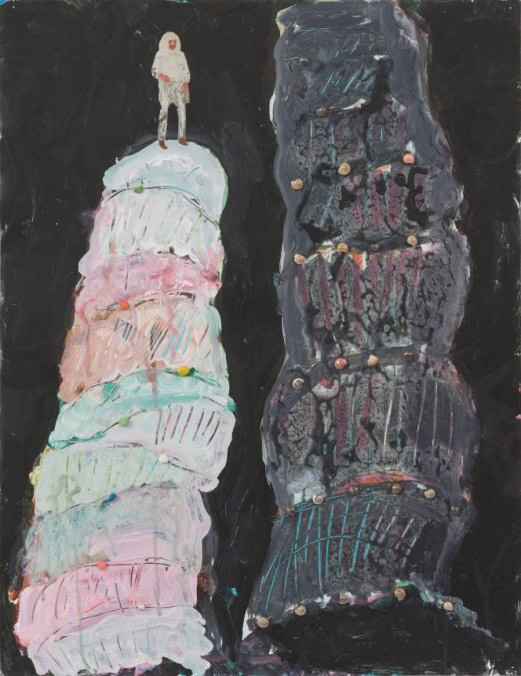
Although the words duo presentation might suggest similarities, the aim is to emphasise precisely the differences between the work of Jeroen van Bergen and Rik Meijers.
This duo presentation is an interweaving of two solos, whereby visitors to each room realise how the two artists create their own worlds and just how big the differences can be. For instance, extra attention is paid to friction and opposites. Visitors are invited to participate in the ‘mood swings’ that take place from room to room. The ultimate goal must be that the work of each single artist can generate greater expressive power, which leads to greater understanding of everyone’s individual position.

Rik Meijers
The work of Rik Meijers is now known all over the Netherlands. The exceptional thing about this work is the fact that he succeeds in directly transforming his sources of inspiration into material that stems from those sources. If, for example, it is about alcoholism, we recognise that through the use of beer bottle tops. If it is about psychological problems, there is an equally direct reference in the tar and feathers applied to the surface. Numerous works portray – in his own words – losers, outcasts, drop-outs, gurus, mystics, loners, punks, junks, ghosts, bums, has-beens and down-and-outers. Rik Meijers thus achieves something that can be called unique in art.
We get a glimpse of the metropolitan places most of us don’t want to actually be in. Very clearly, he adds a personal layer that we can safely call poetry. We are inclined to take all these odd characters to our heart, especially as they are often reminiscent of spiritual or mystical atmospheres. Strangely enough, many portraits refer to the figure of Christ, despite their worldly or even shabby appearance. Mortality is anyway a theme that recurs often, and the underworld and upper world enjoy flirting with one another. The skull is only skin deep.

The Benefits of Failure
Rik Meijers makes a painting
Some passages from the catalogue text by Dominic van den Boogerd, director of De Ateliers, Amsterdam.
Meijers begins a painting by making a drawing in sealing wax. This sketch is based on images from a wide variety of sources – folk art, Victorian illustrations, American outsider art, punk paraphernalia, catholic ex-votos, quilts for dead AIDS victims and psychedelic album covers from the 1960s and 70s. The drawing sets the pattern for the further development of the painting. That is what those paintings against the walls of the studio are: works of art in various phases of development. Some of them feature only the first stage in the work. Parts of the unpainted canvas have chicken feathers stuck on them, which will later be covered with paint. In other, more advanced paintings, sections of the surface are occupied by Meijers’ characteristic beer-bottle caps, broken glass and corks. […]
Biography
Rik Meijers (1963 – Rotterdam) lives and works in Maastricht / Sittard. He studied at the Academy of Fine Arts, Maastricht, and at the Jan van Eyck Academy, Maastricht.
Recent exhibitions (selection): I am still what I wanted to be, (solo), Friedman Benda Gallery, New York, 2011 / Poster Park, SCHUNCK*, Heerlen, 2010 / Towing the Line, Drawing Space, White Box, New York (cat.), 2009 / StressedSpaces, KW14, ‘s-Hertogenbosch (cat.), 2009 / Something Else!!!! a selection of works from the S.M.A.K., MAN, Nuoro, 2009 / You, David, Maria & Me, (solo), Aschenbach & Hofland Galleries, Amsterdam, 2009 / Ad Absurdum, Museum MARTa, Herford (cat.), 2008 / Collection presentation, S.M.A.K., Ghent, 2008 / Doe dat niet meer – Don’t do that anymore, (solo), Museum Het Domein, Sittard (cat.), 2007
Jeroen van Bergen
We know Jeroen van Bergen from a few gallery exhibitions in Liège and a few presentations in Maastricht (Hedah and Bonnefantenmuseum).
Though his starting point is a model of the smallest room, he now constructs mega-city structures and buildings to his heart’s desire. Most incredible is the fact that he elevates the medium of the model beyond its limits, while never yielding to the temptation to play the architect.
All his models follow the principles of stacking (beside or on top of one another), series and rhythm, creating constructions that behave independently and form a completely unique ‘urban’ world. One could advance the theory that it is more a question of a phenomenon related to music than the built environment. The infinite repetition of the modules is reminiscent of minimal music (Philip Glass).
Unlike architects, Van Bergen applies the principle of the modular system consistently and does not deviate from it. The repetition and rhythm free his constructions from all forms of actual reality. He guides us through a world of pure fiction and imagination. And as stated in the accompanying catalogue by Bart Verschaffel, professor of architectural theory and criticism at the department of Architecture and Urban Planning at Ghent University, Jeroen van Bergen’s work is ‘[…] presented as something that has not been ‘made’ or put together on the spot, but as a precious and costly object that is unwrapped, like a present – completely new and finished. It appears suddenly and wonderfully, so that everyone forgets to ask where it actually came from’.
(Out of) The Box. The beginning of architecture according to Jeroen van Bergen
Some passages from the catalogue text by Bart Verschaffel
One of the best ways to understand something is to tell the story of its genesis: how it began, how it came to be. Through his work, Jeroen van Bergen tells the story of the birth of architecture. In his creation myth, the principle – the origin and the foundation – of architecture is the smallest room. He derives the dimensions and shape of this, the smallest habitable unit, the building block of the city and the world, from the building standards for WCs in the Netherlands. This module forms the basis for his artistic investigations. […]

In his early works, Van Bergen built a street, a tunnel passage, a cart, a bathing cubicle and a shower room on the basis of the ‘principle’ of the WC module on a scale of 1:1. These works were also models – simplified replicas showing what the smallest possible architecture does – but they were not scale models. In recent years, Van Bergen has continued to work with the module as a principle, while systematically decreasing the scale, and almost exclusively using scale models. The aim of his explorations is to determine what the mass reproduction and combination of the ‘smallest room’ says about architecture. The different versions are developed at building level (with rich variations ranging from single homes to blocks of houses and high rises) and city level (with streets, rows of buildings, models of cities etc.). At city level, Van Bergen experiments with both horizontal and vertical stacks, producing all kinds of interesting results. The works comprised of low stacks of ‘smallest rooms’ remind the viewer of the expansive, disorganised slums that grow up spontaneously around new megacities, traditional desert cities like those of M’Zab in Algeria or pre-Columbian settlements. […]
Biography
Jeroen van Bergen (1979 – Heythuysen) lives and works in Maastricht. He studied at the Academy of Fine Arts, Maastricht.
Solo exhibitions, (selection): Galerie Nadja Vilenne, Liège, DSM, Sittard, 2010; Galerie Nadja Vilenne, Liège, 2007; toilet modulair 003: “straat 003” Hedah, Maastricht, 2006; Toilet modulair 001: “gipslab” Hedah, Maastricht, 2005.
The duo presentation of Rik Meijers & Jeroen van Bergen will be officially opened to the public on Sunday 17 April 2011 at 14:00. The opening will begin with an in-depth interview with the two artists and the authors of the catalogue, after which the exhibition will open for viewing.
Of course, the press are welcome to the opening. However, it is also possible to make an individual press appointment with the museum’s Press and Publicity department for after 17 April. You can do so from Tuesday to Friday, 11:00 – 17:00, through the contact details given below.
Publications
The rooms dedicated to the work of Jeroen van Bergen will present models and works on paper. The exhibition of Rik Meijers’ work will present both paintings and works on paper. Two catalogues will accompany this duo presentation: As if we never knew it, by Rik Meijers, and a publication about the work of Jeroen van Bergen. Both catalogues are available from the Museum Shop.
Position the cursor on the images to view captions, click on images to enlarge them.
Posizionare il cursore sulle immagini per leggere le didascalie; cliccare sulle immagini per ingrandirle.
NOTE FOR THE PRESS: If you require more information, please contact the press department (Tues-Fri), Avenue Céramique 250, Postbus 1735, 6201 BS Maastricht. Tel. +31 43 329 01 10, fax +31 43 329 01 99, Guillemette Naessens / Noortje Fischer: pressoffice@bonnefanten.nl

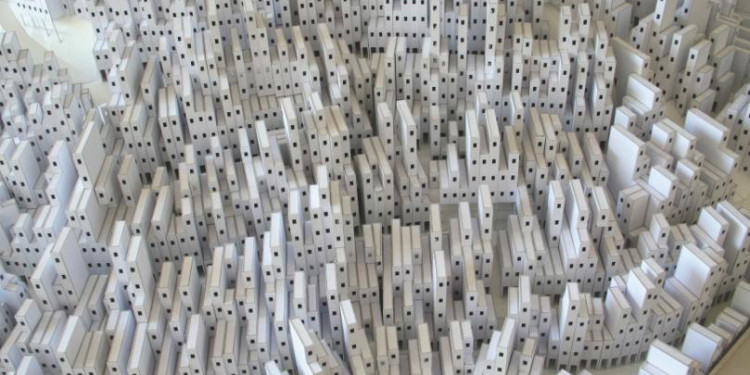
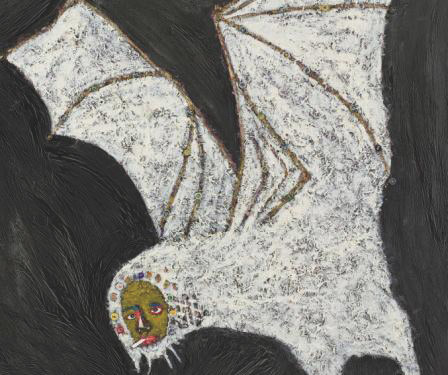
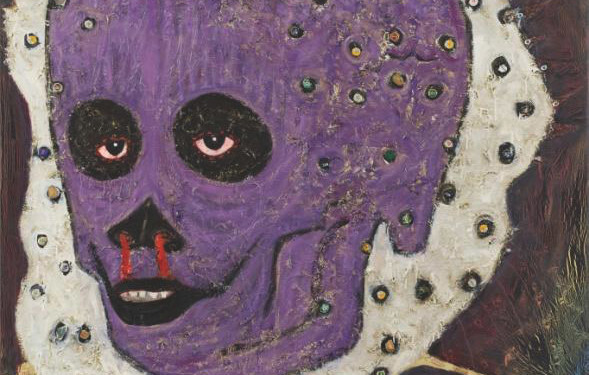
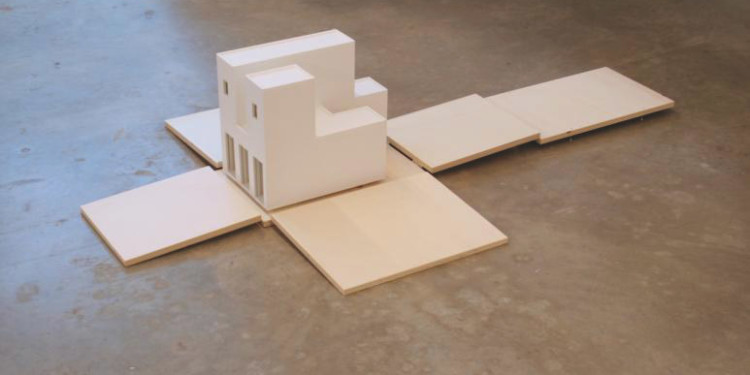

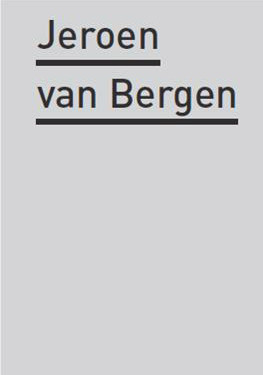
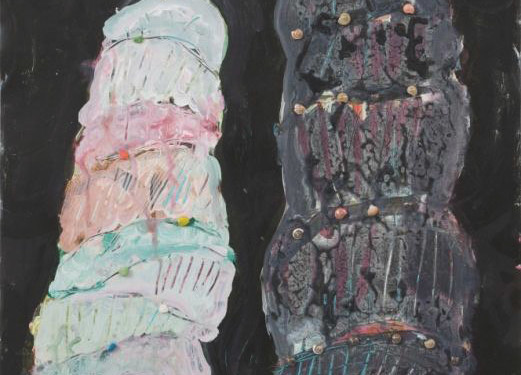
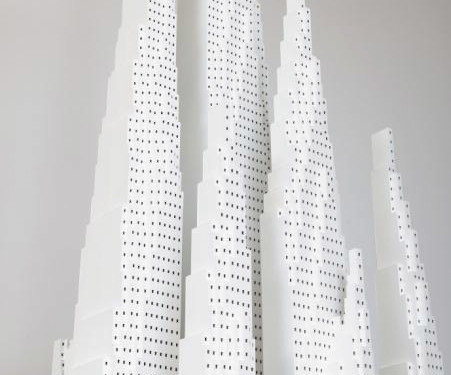
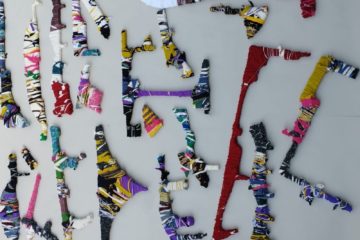
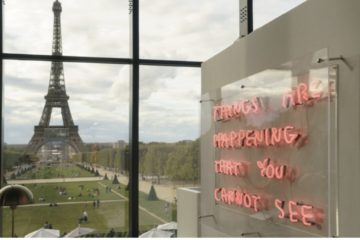
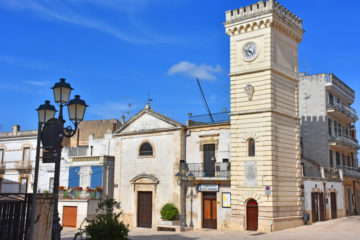
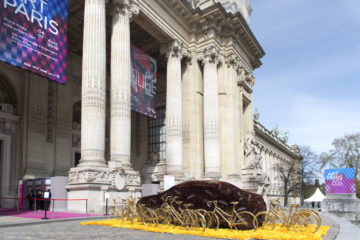

No Comment